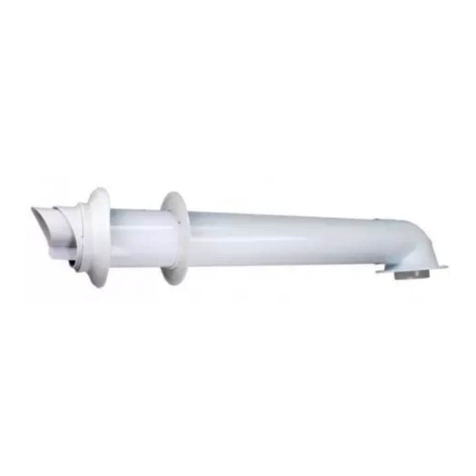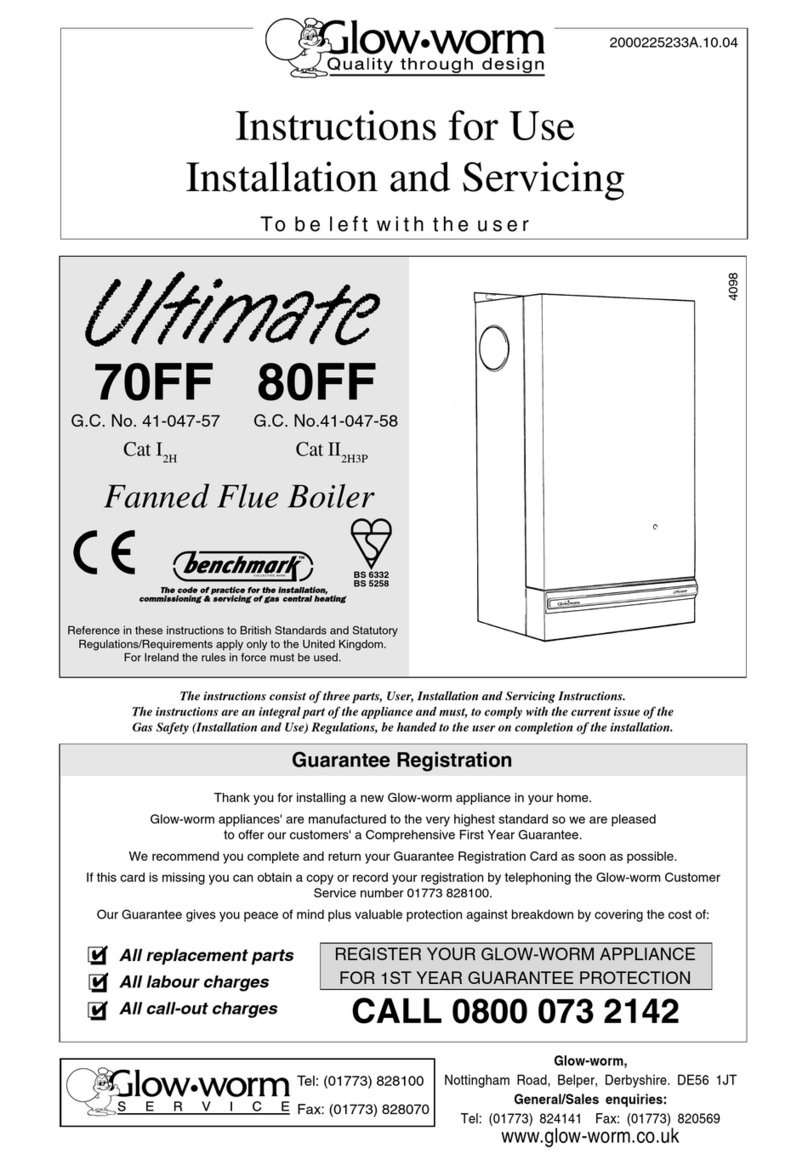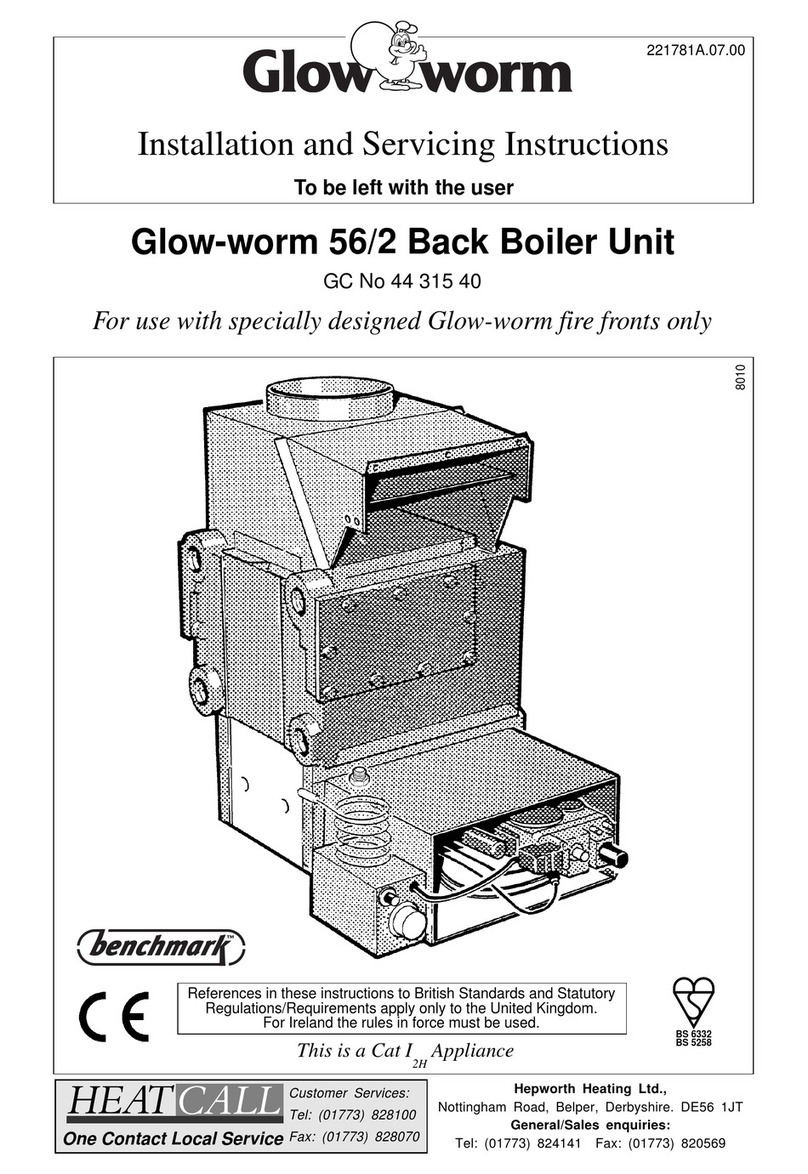Glowworm Economy Plus 50C Operating manual




















Other Glowworm Boiler manuals

Glowworm
Glowworm 115-150-175-200-250-300 User manual
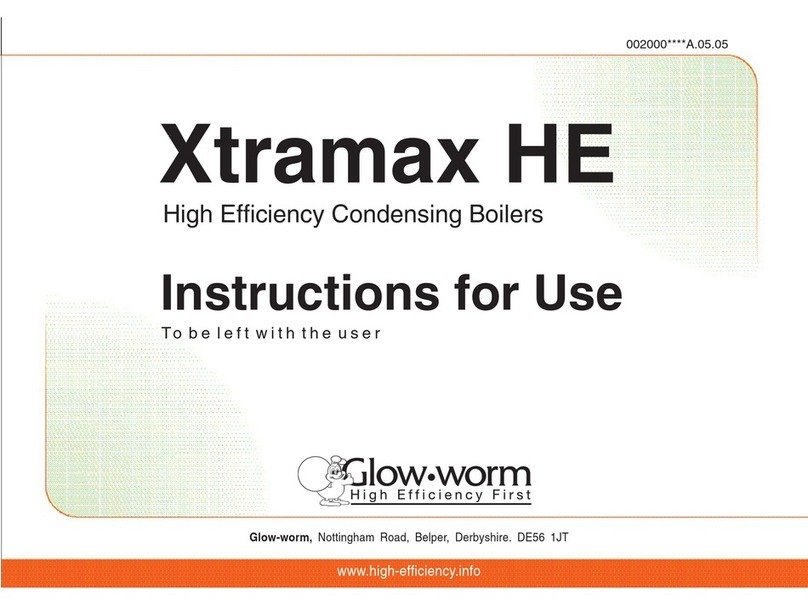
Glowworm
Glowworm Xtramax HE User manual
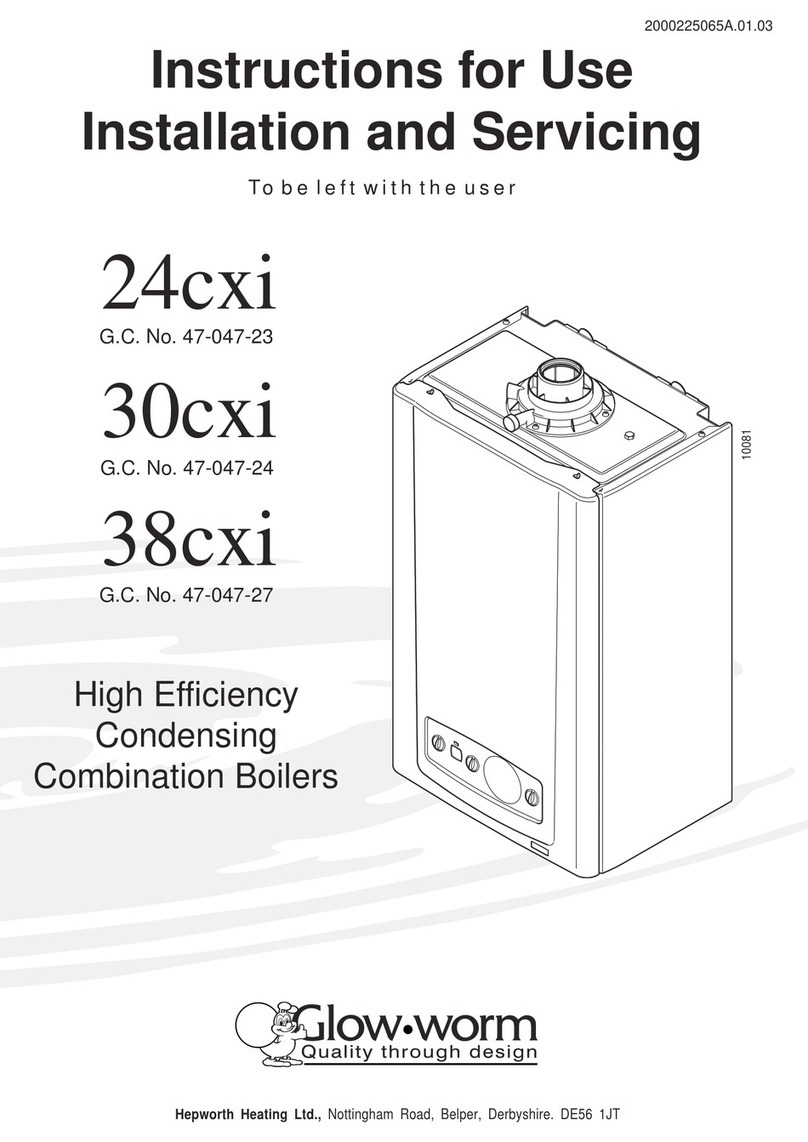
Glowworm
Glowworm Ultracom 24cxi Operating manual

Glowworm
Glowworm Xtramax HE User guide
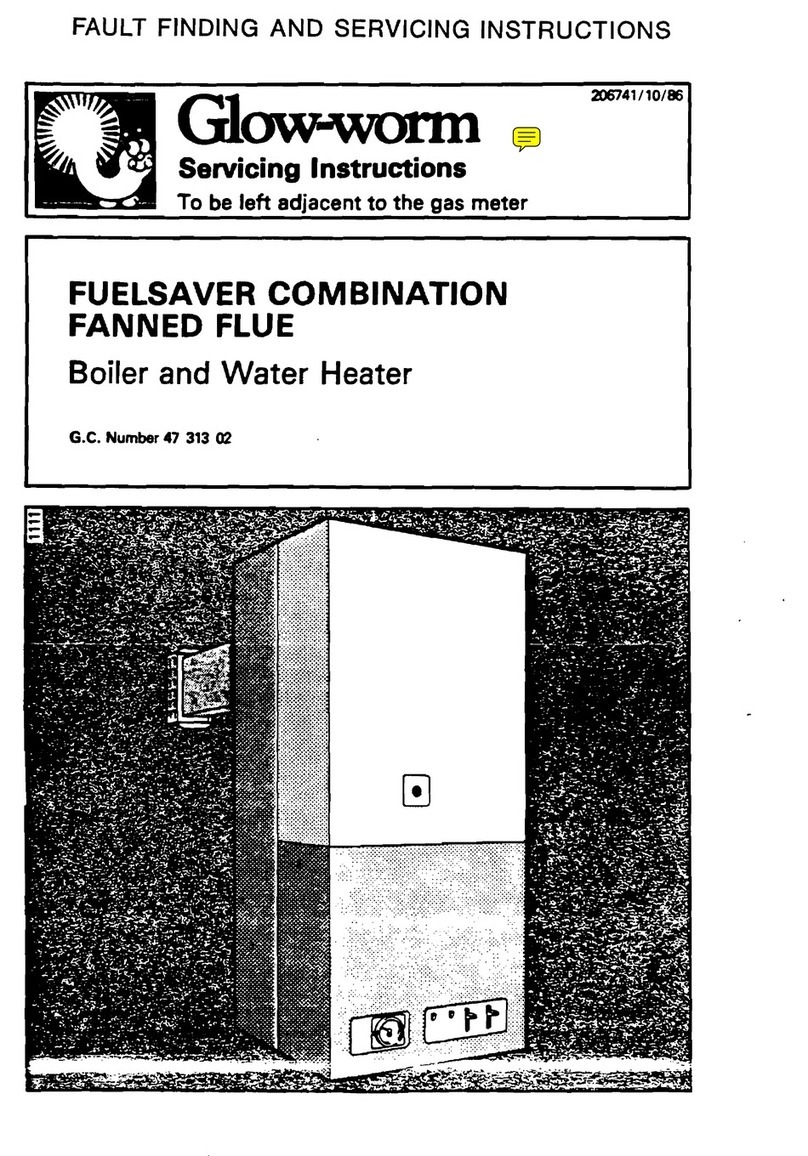
Glowworm
Glowworm fuelsaver User manual
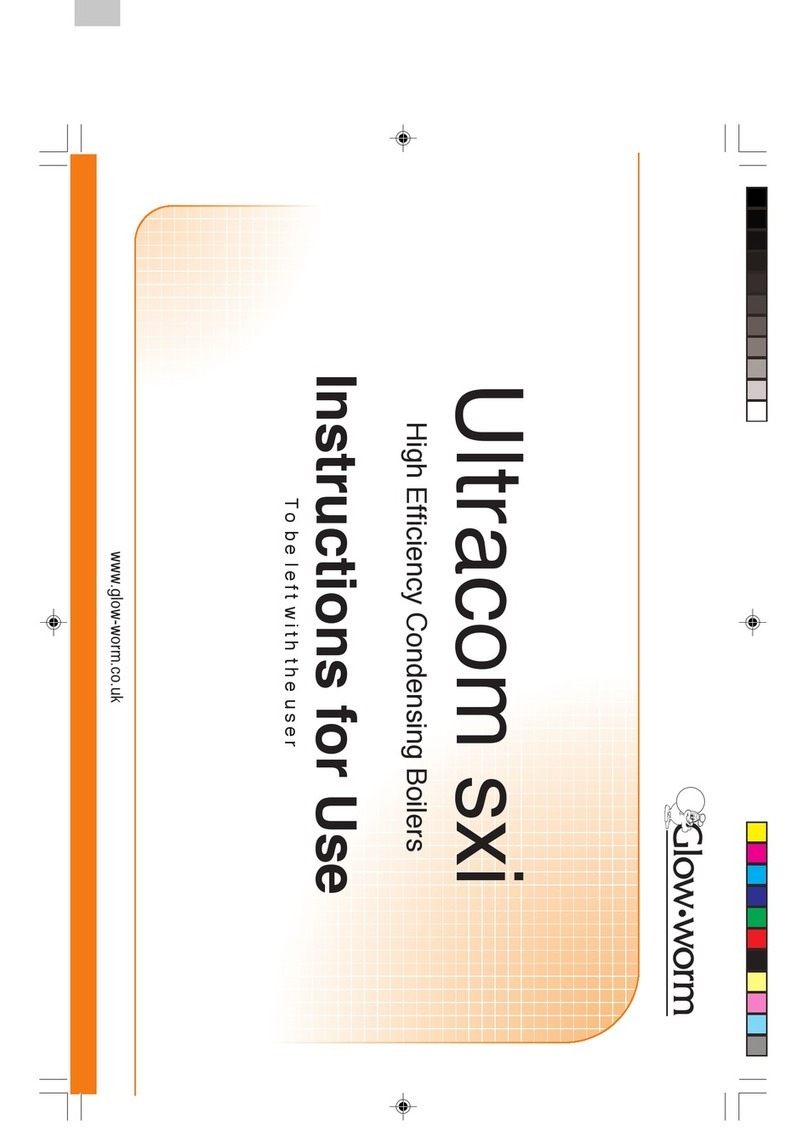
Glowworm
Glowworm Ultracom sxi User manual
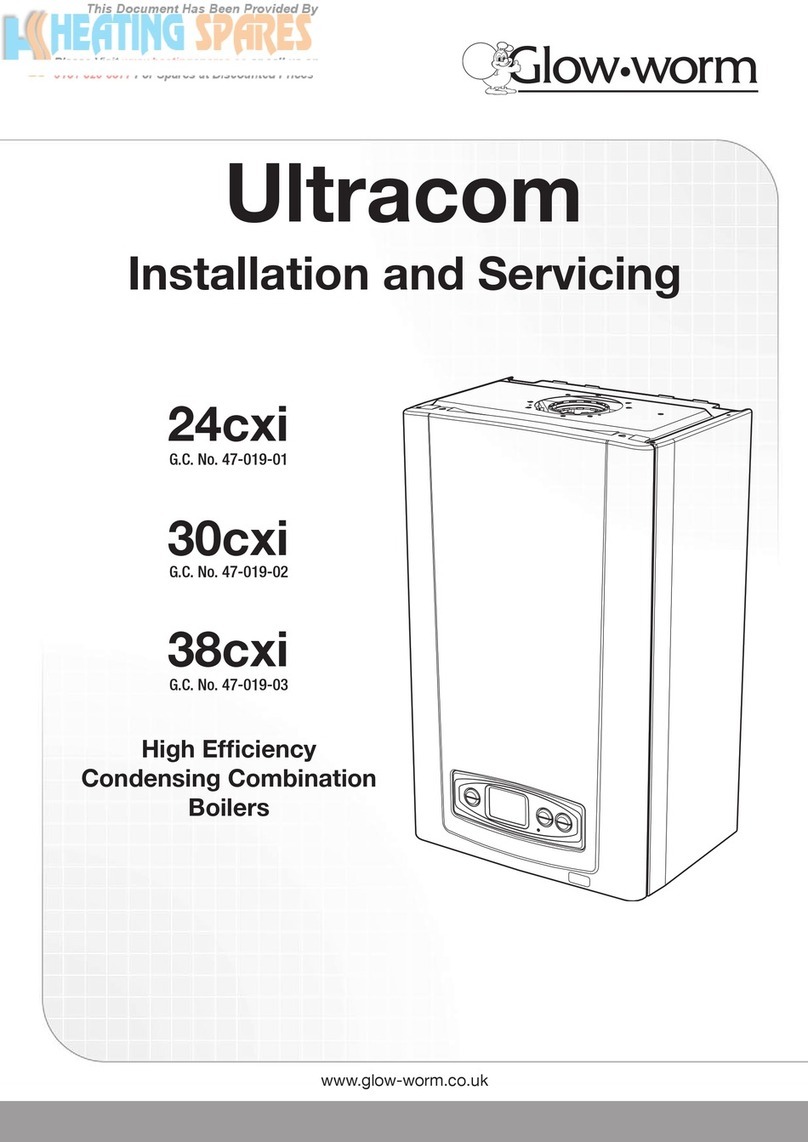
Glowworm
Glowworm 38cxi User manual
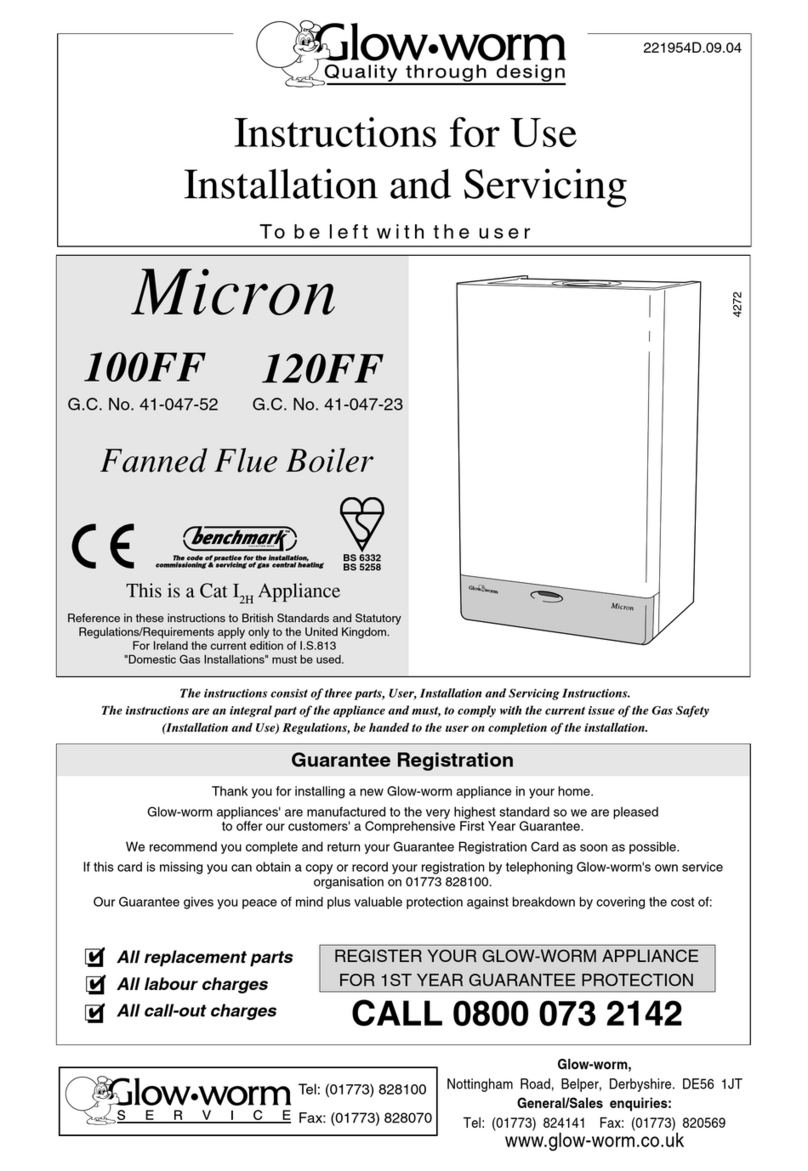
Glowworm
Glowworm Micron 100FF User manual
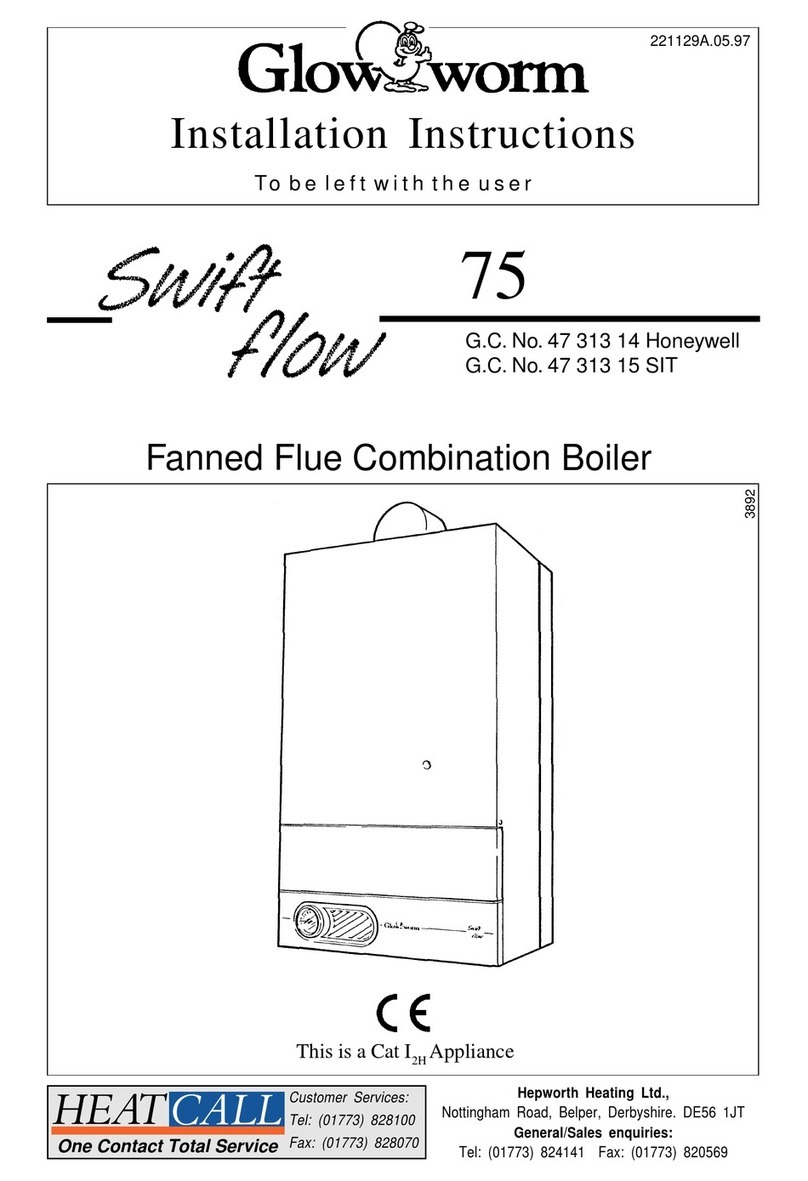
Glowworm
Glowworm swift flow 75 User manual
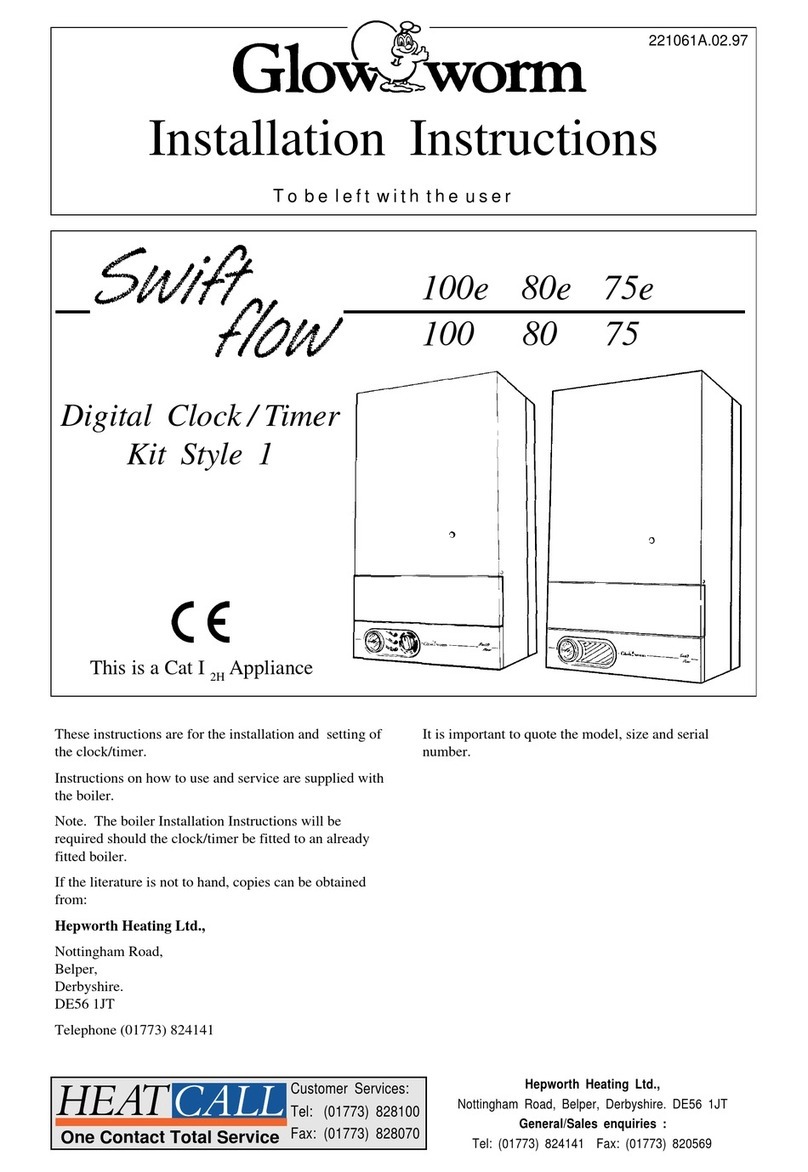
Glowworm
Glowworm swift flow 100e User manual

Glowworm
Glowworm 24cx User manual
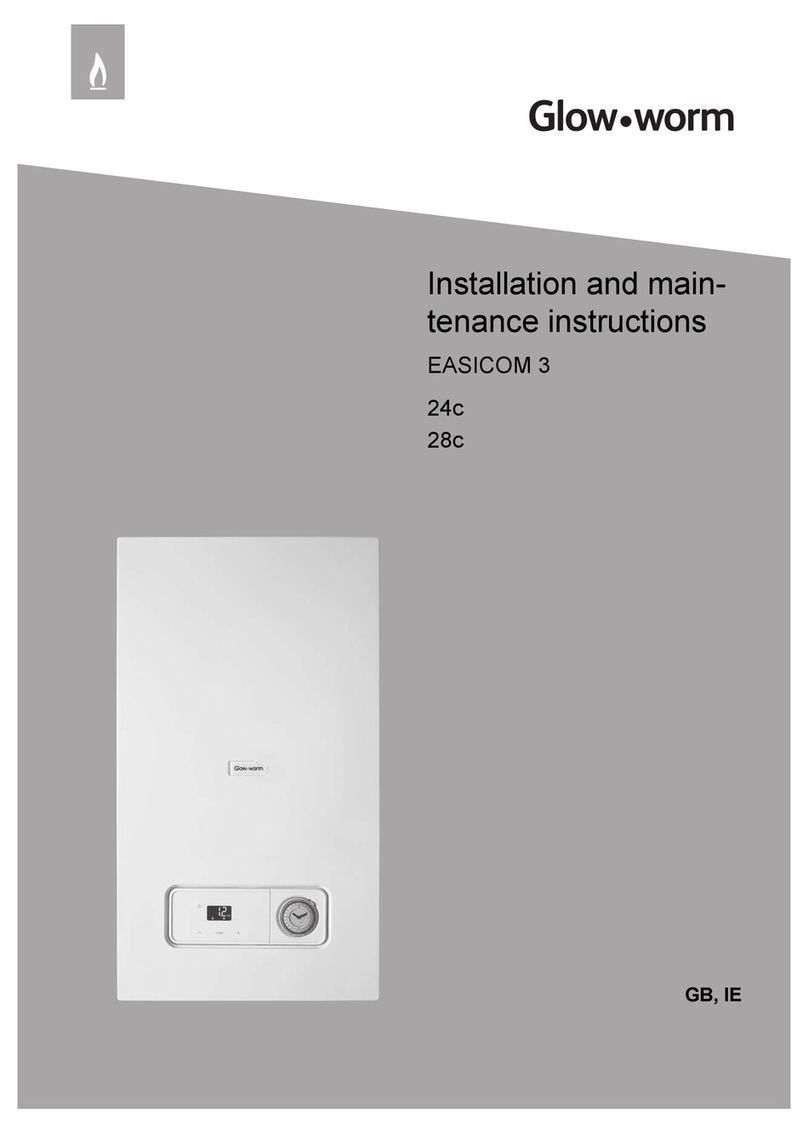
Glowworm
Glowworm Easicom 3 28c User manual
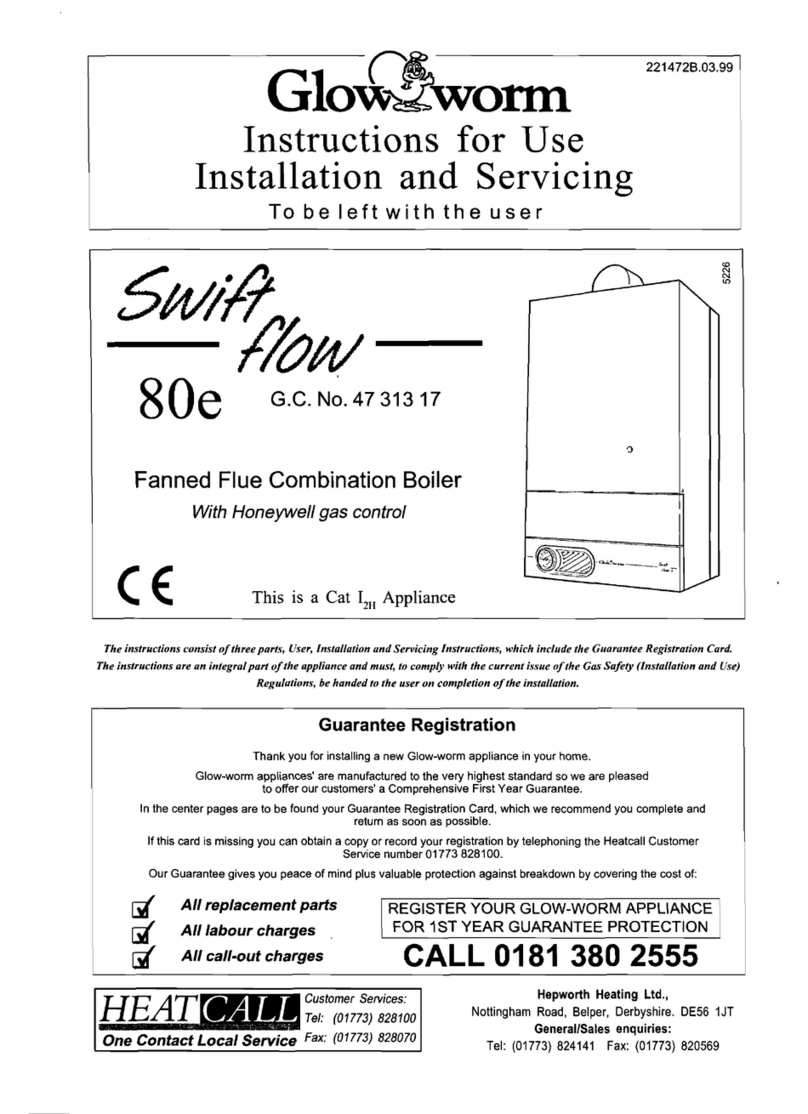
Glowworm
Glowworm Swiftflow 80e User manual
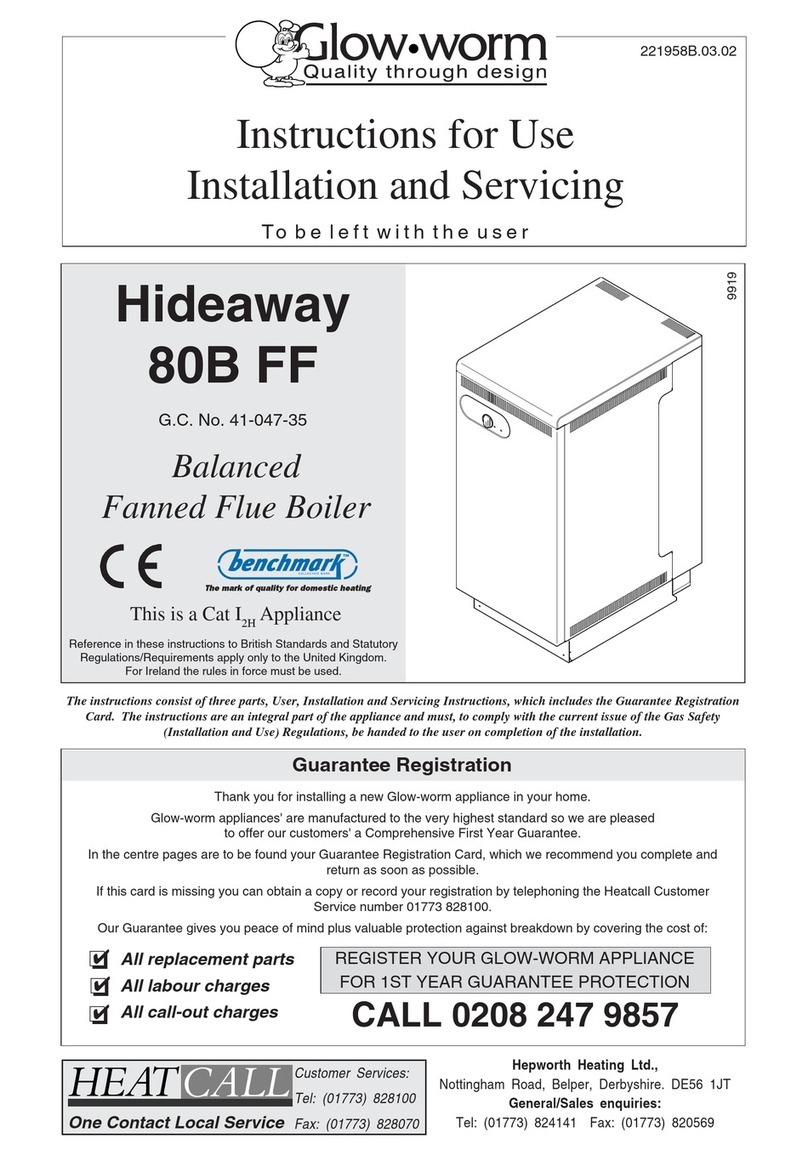
Glowworm
Glowworm Hideaway 80B FF User manual

Glowworm
Glowworm Energy7 25c -A User manual
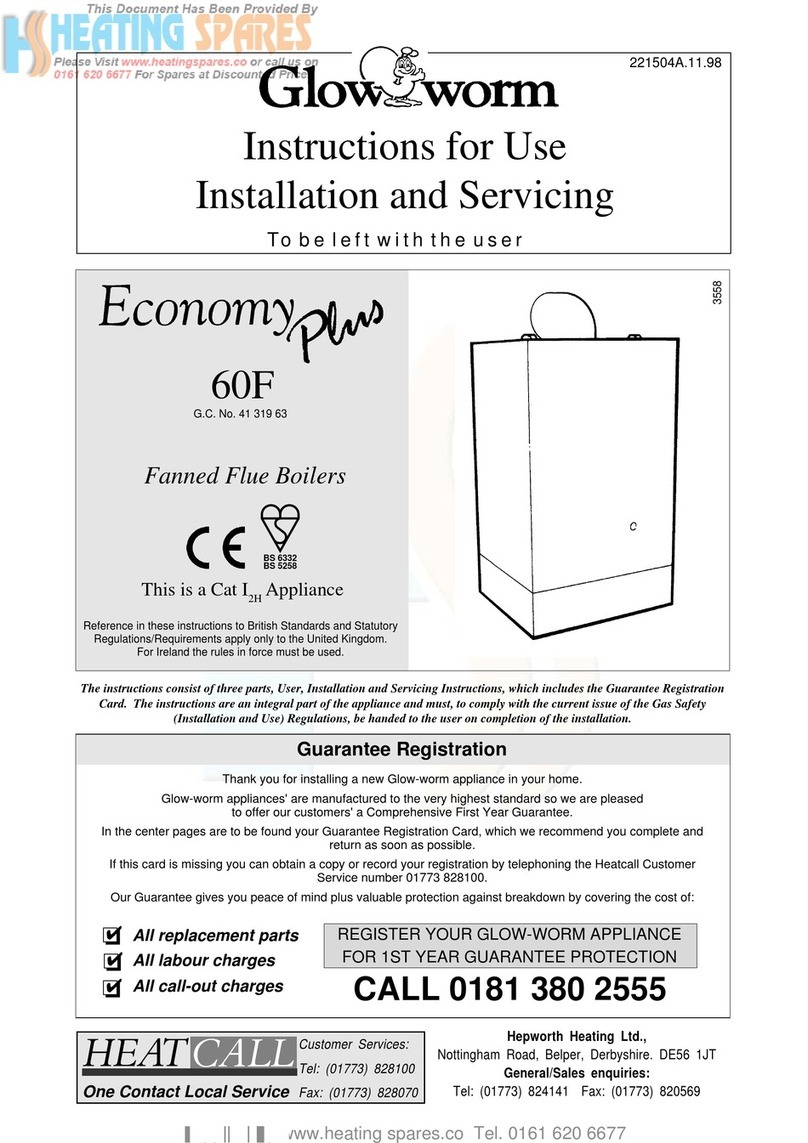
Glowworm
Glowworm Economy Plus 60F User guide
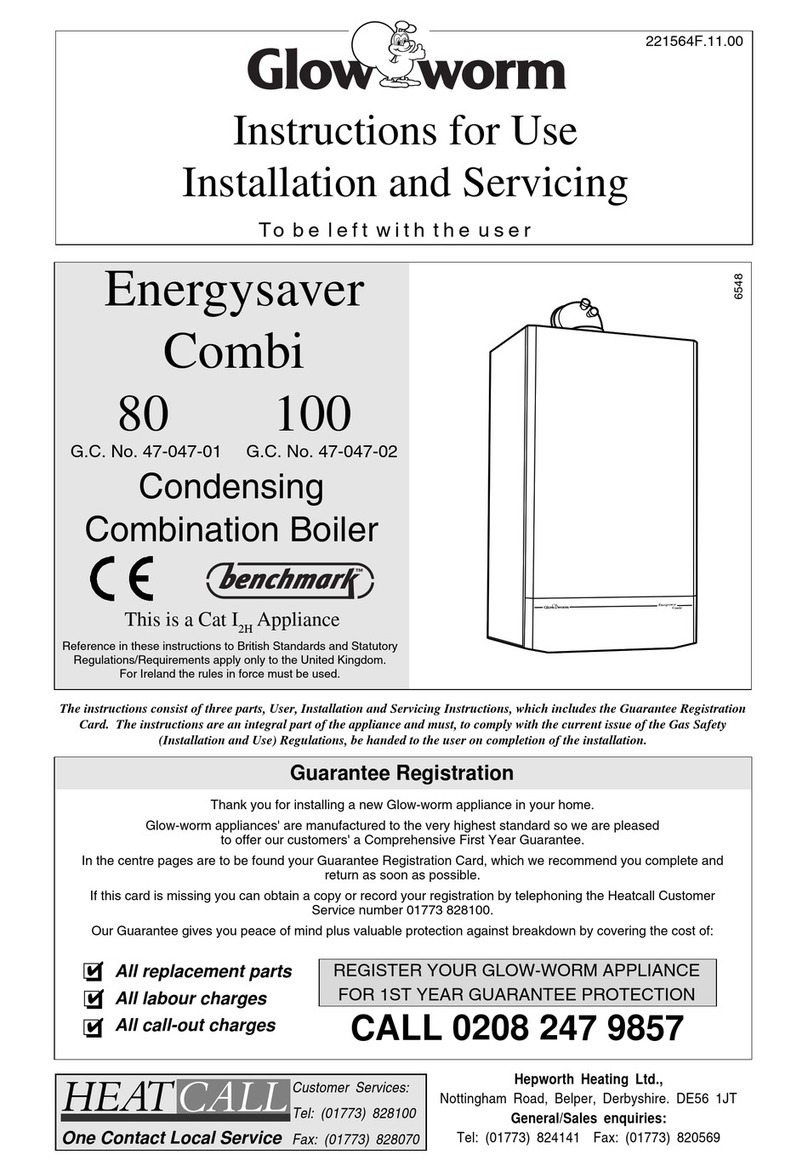
Glowworm
Glowworm Energysaver Combi 80 User manual

Glowworm
Glowworm Compact 28c-AS/1 User manual
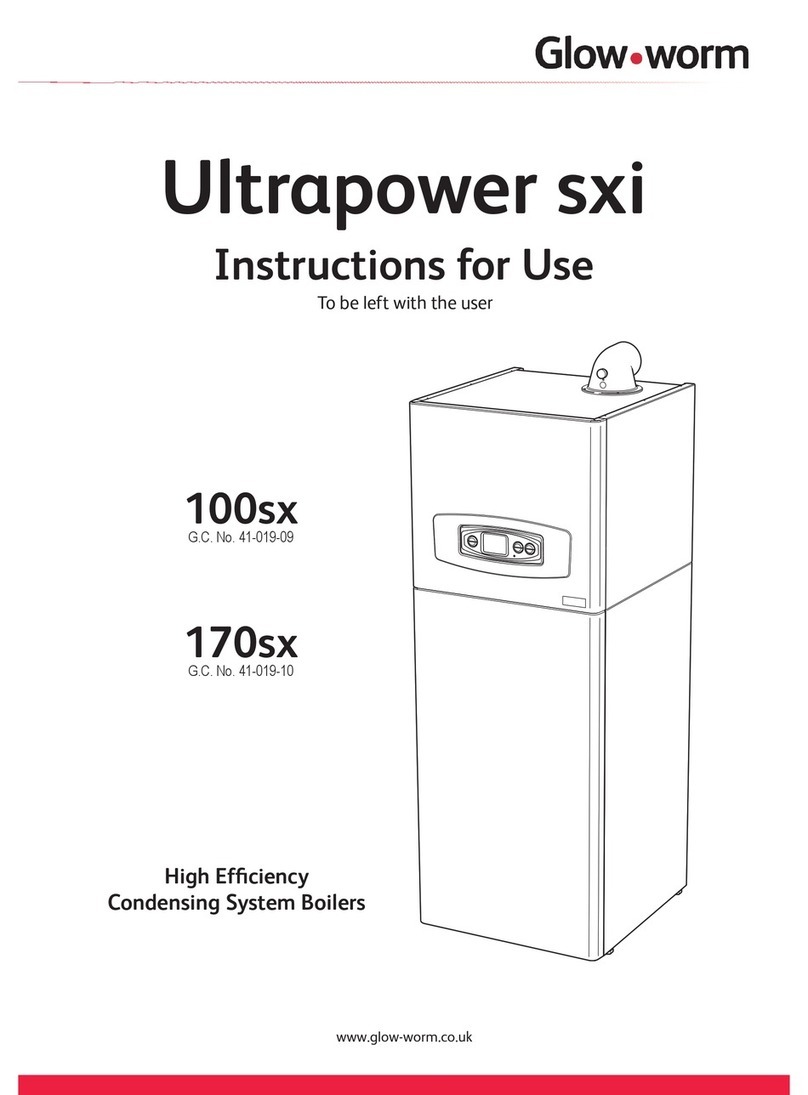
Glowworm
Glowworm Ultrapower sxi 100sx User manual
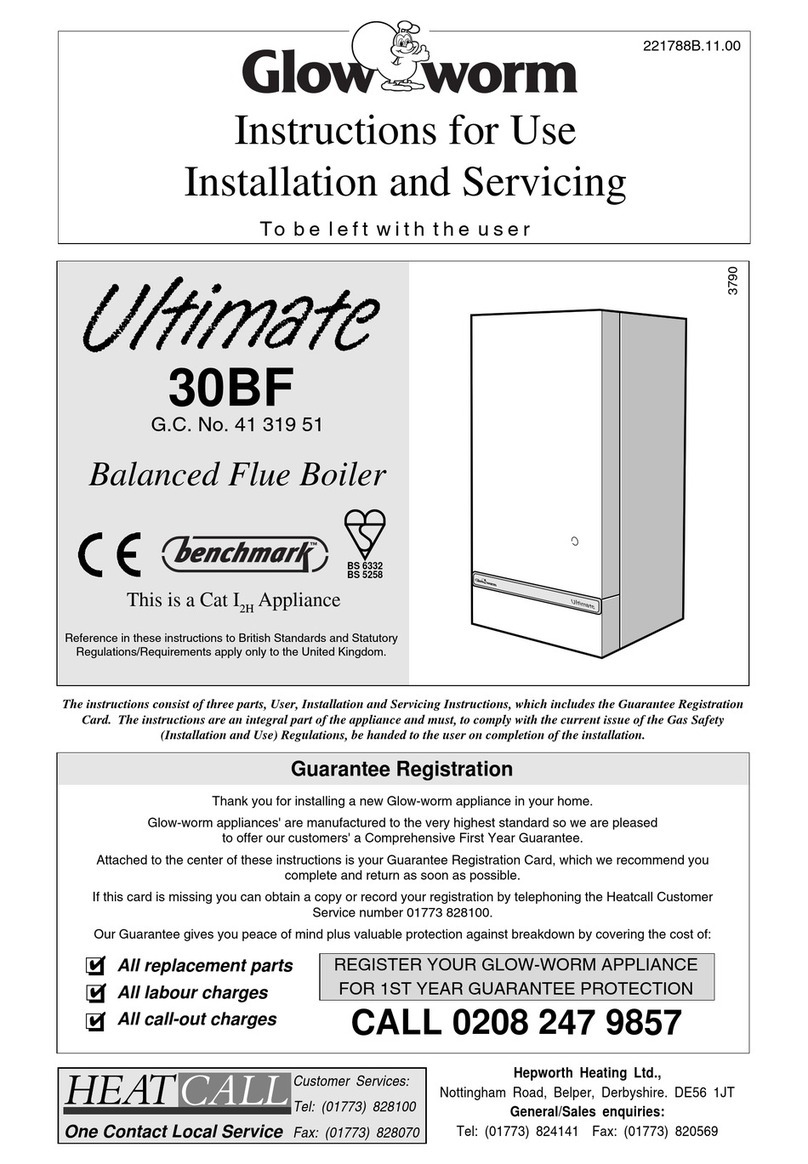
Glowworm
Glowworm ULTIMATE 30BF Operating manual
Popular Boiler manuals by other brands
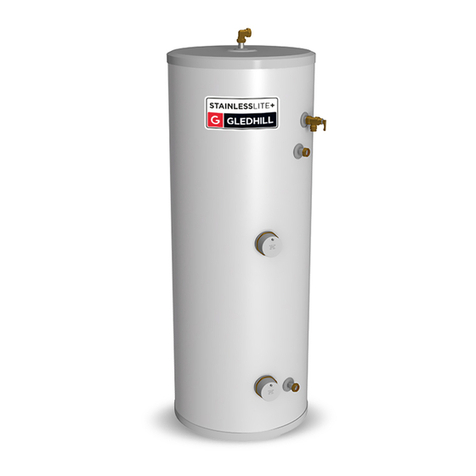
gledhill
gledhill StainlessLite D120 Design, installation & servicing instructions

Sime
Sime Brava Slim BF User, installation and servicing instructions
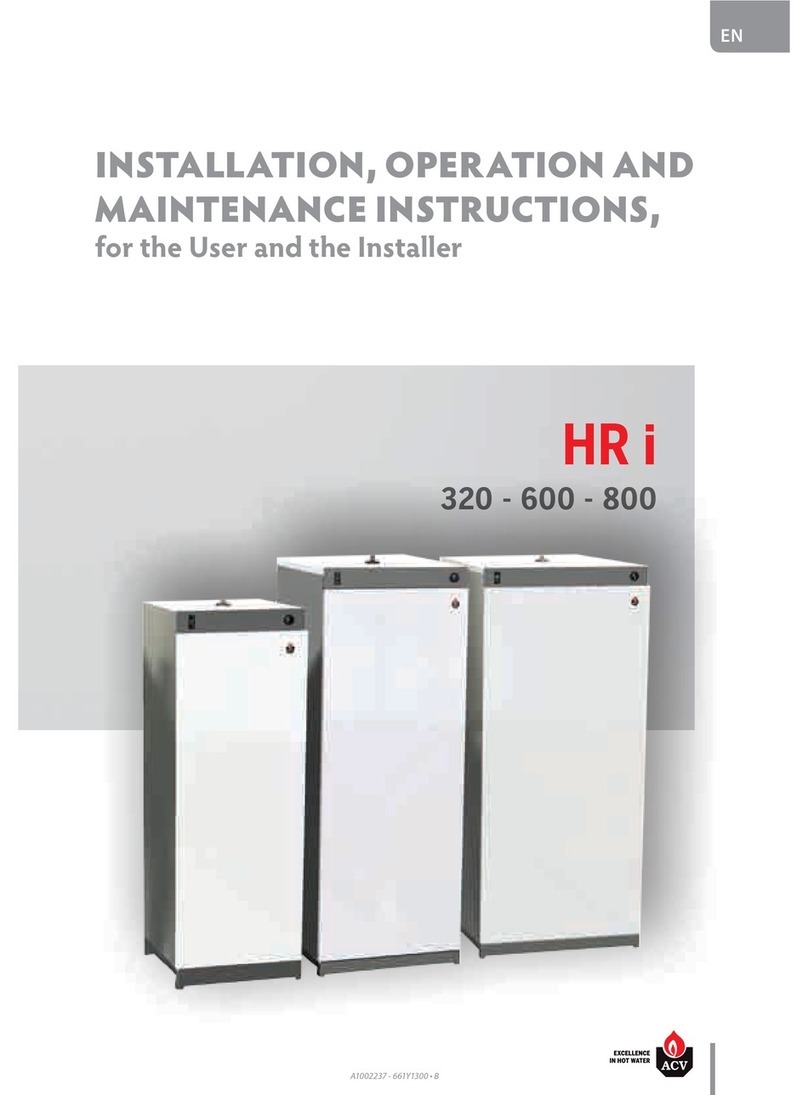
ACV
ACV HR i 320 Installation, operation and maintenance instructions

Coopers
Coopers 10377 Instructions for use
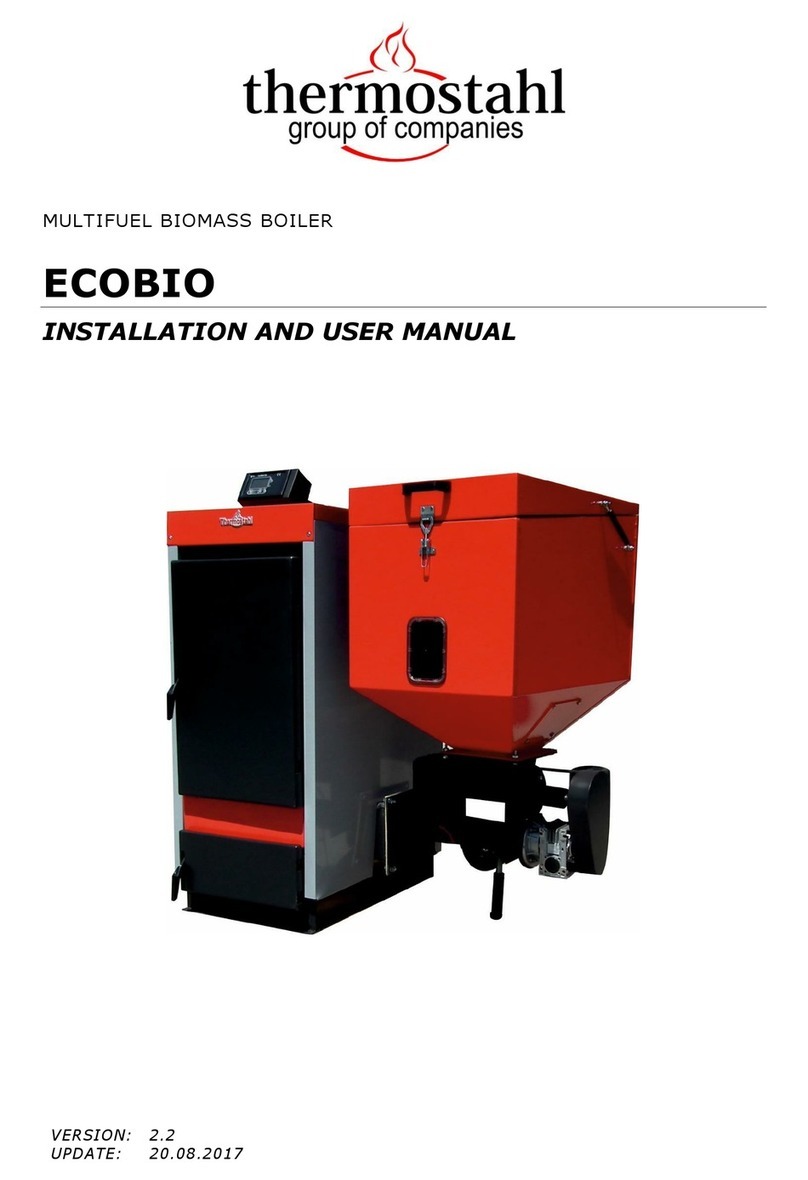
THERMOSTAHL
THERMOSTAHL ECOBIO Installation and user manual
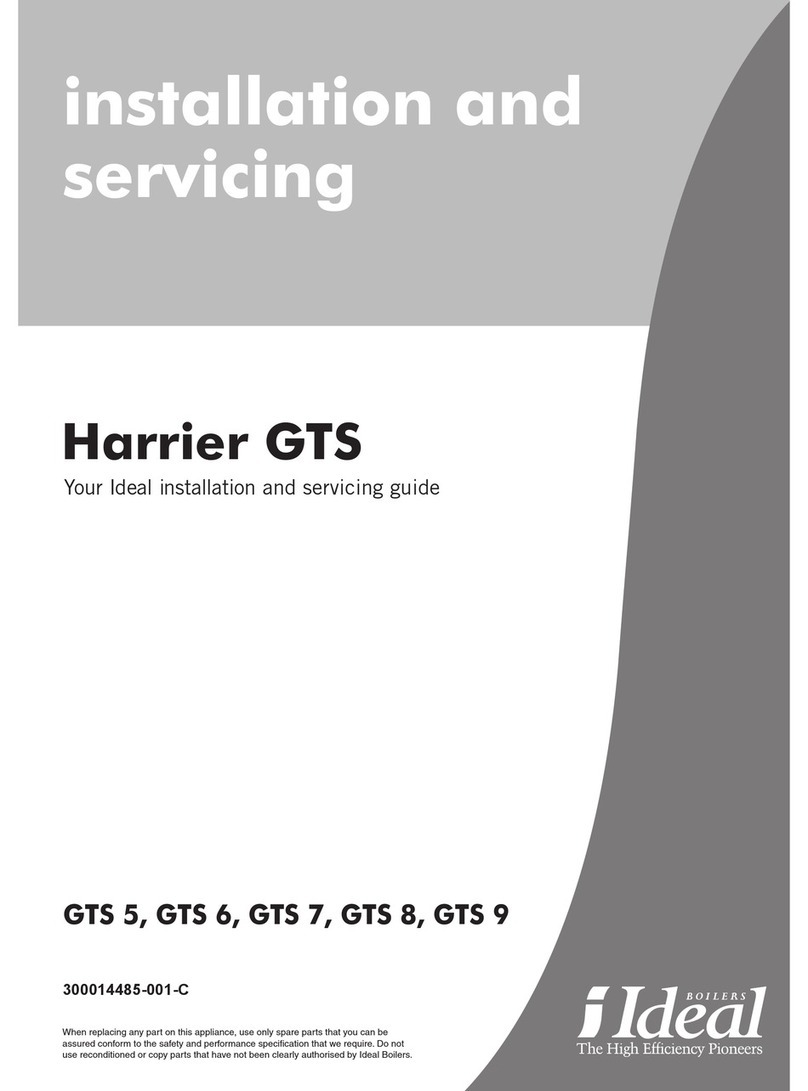
IDEAL
IDEAL Harrier GTS 5 Installation and servicing

REMEHA
REMEHA Quinta Pro series Installation, user and service manual
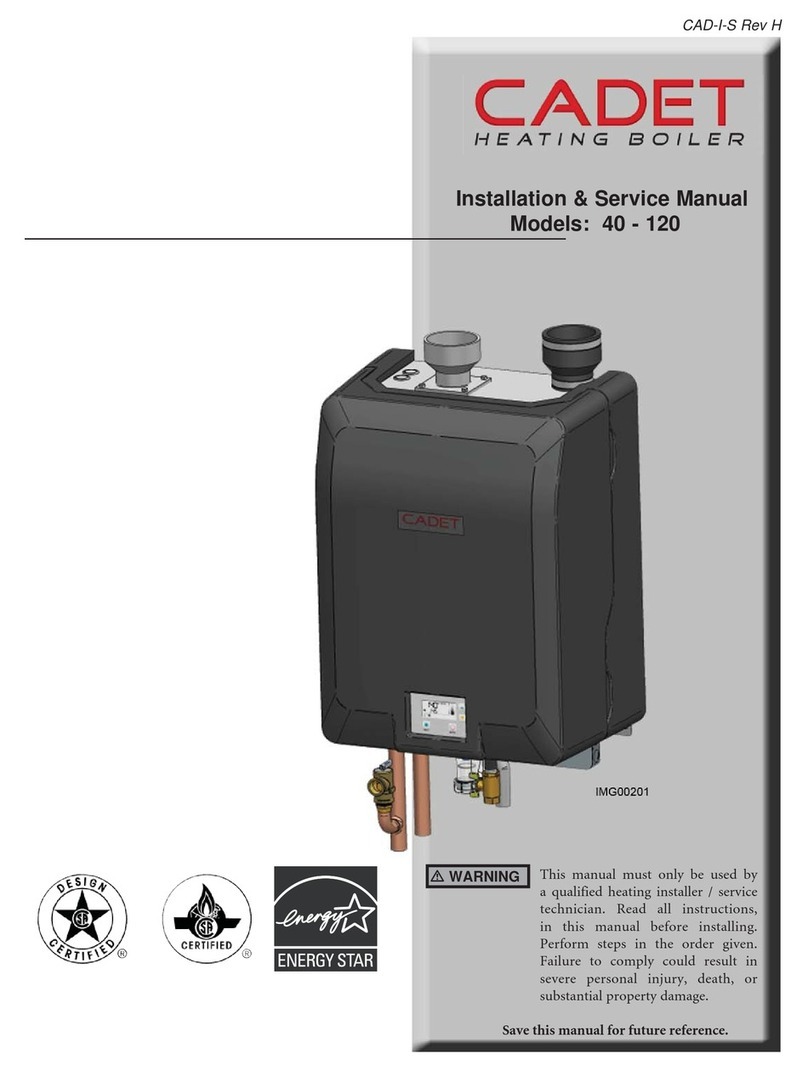
Cadet
Cadet 40 - 120 Installation and service manual
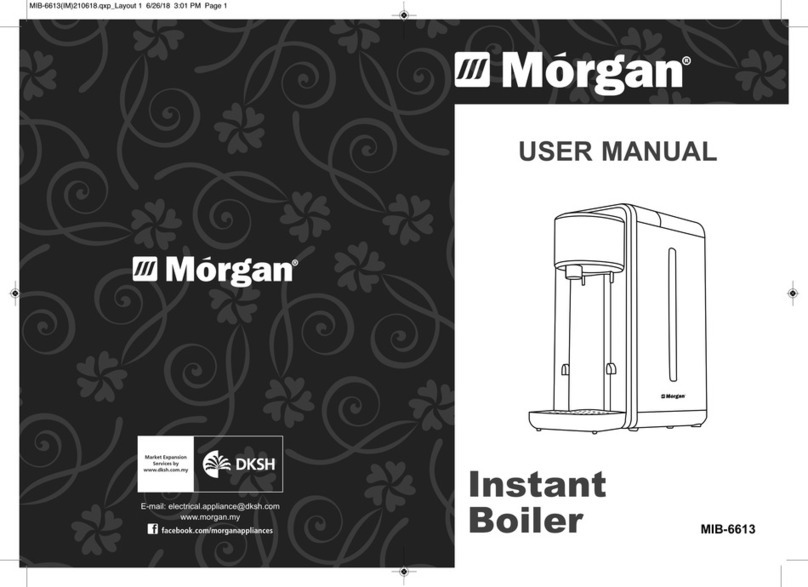
Morgan
Morgan MIB-6613 user manual
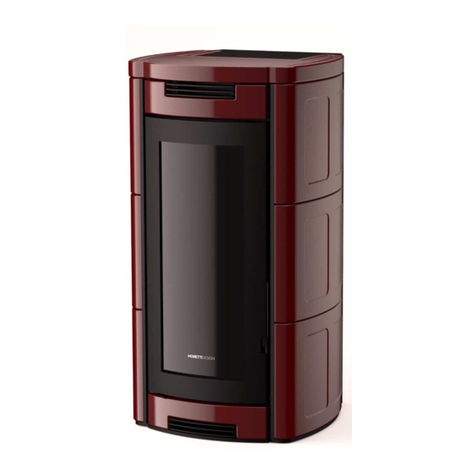
Moretti Design
Moretti Design ALADINO user manual

Lamborghini Caloreclima
Lamborghini Caloreclima Futuria 24 PLUS MB W TOP Installation and maintenance manual
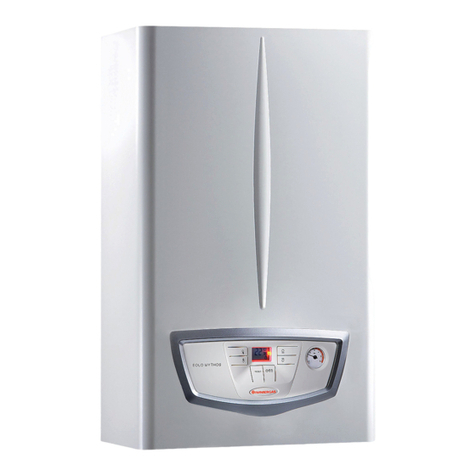
Immergas
Immergas EOLO MYTHOS DOM 10 1E Instruction and warning book

FULTON
FULTON Electropack Series Installation, operation and maintenance manual

Froling
Froling P4 Pellet 8 Assembly instructions
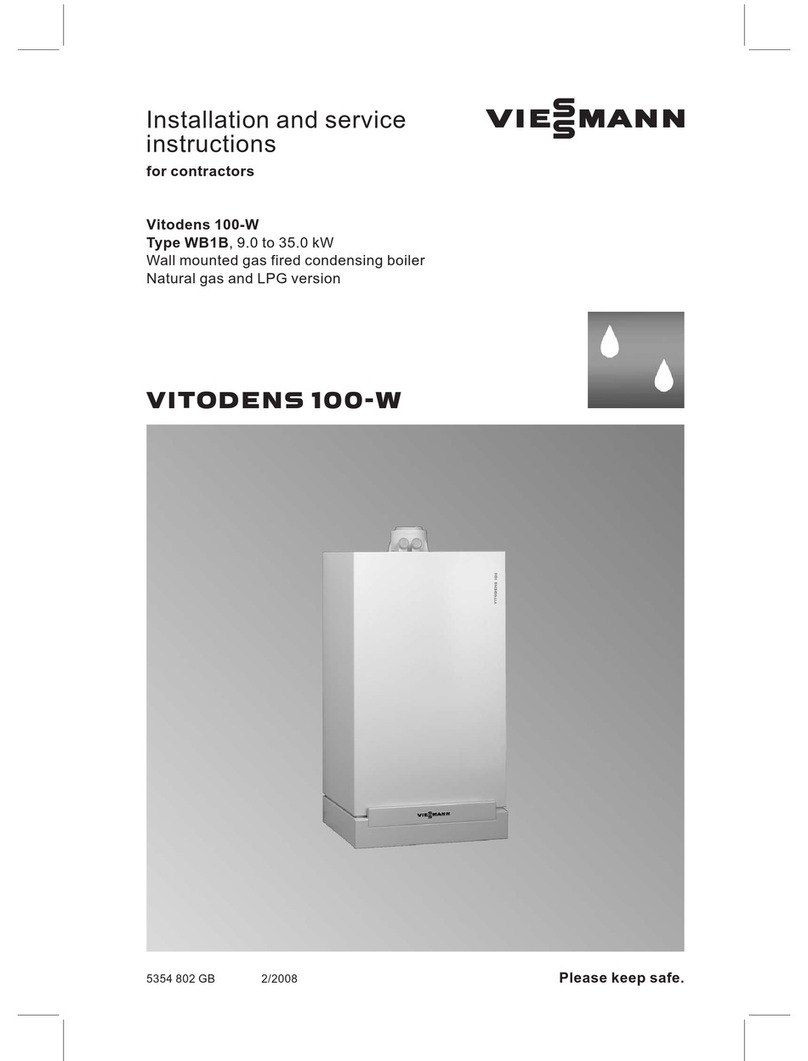
Viessmann
Viessmann Vitodens 100-W WB1B Series Installation and service instructions

Potterton
Potterton Suprima 30L user guide

FireBird
FireBird Enviromax Technical manual
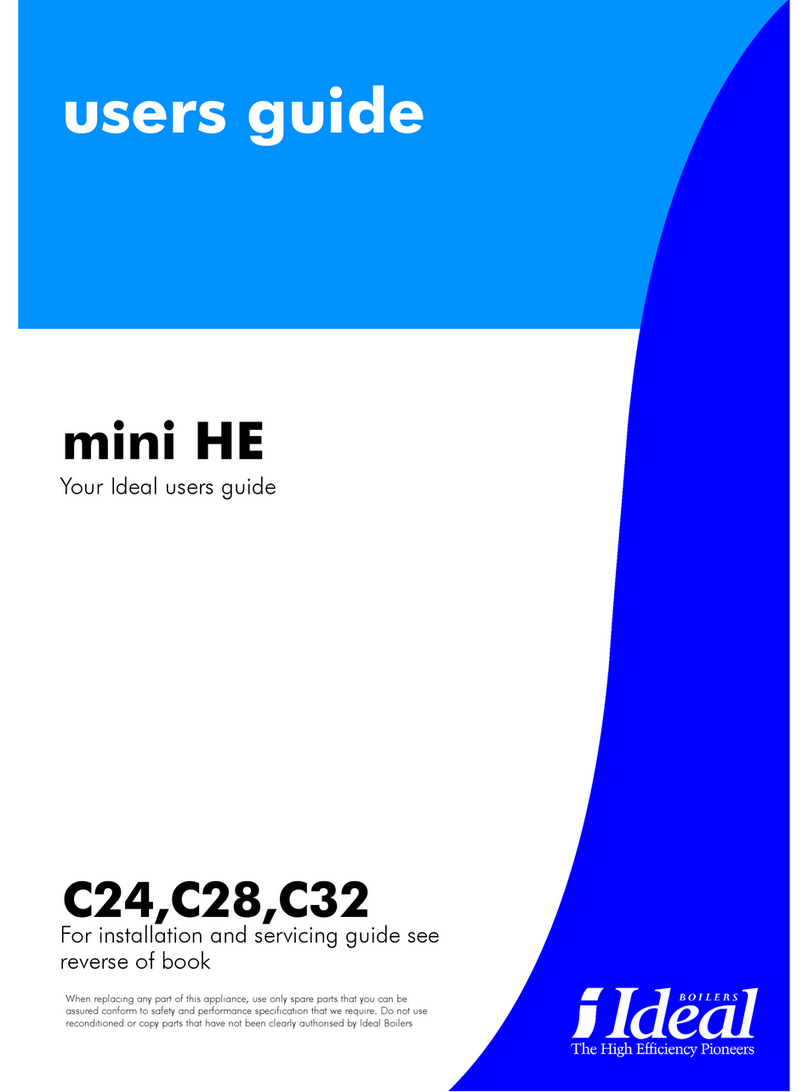
IDEAL
IDEAL mini HE C32 user guide
